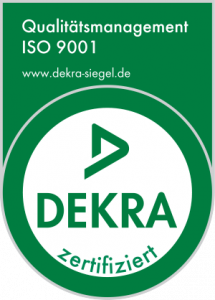Today marks the day we have launched ConVecDro. Our first UAS platform boasts high wind stability, a very sturdy and lightweight laminated frame, six precise engines with made in Germany controller technology, ultra-flexible payload options and flight times of up to 50 minutes. We could not be more proud of this big step!
In the upcoming weeks we will launch several application packages for ConVecDro, starting with great mapping and surveying equipment for photogrammety and LIDAR scanning. The basic package will start at just 25.000 € NET and we will start shipping units in late August this year. Again, we could not be more excited and proud.
Our sales team is available anytime at sales@3rd-element.com for further information on ConVecDro, application options, pricing and leasing option. Do not hesitate to contact us any time!


